New normal after COVID
The pandemic presented a best-of-times/worst-of-times scenario for medical marketing. The good: A once-in-a-century public health crisis doubled as a crucible for the industry — which, for the most part, has risen to the challenge.
The bad: Well, everything else. The upheaval wrought by COVID-19 hit pharma and healthcare hard, forcing an industry not known for adaptability to quickly adjust many aspects of how it operates.
Two recent announcements by Pfizer neatly illustrate this dichotomy. Last month, the company announced it would reduce its U.S. salesforce based on the expectation that healthcare providers will want fewer face-to-face interactions with reps even after the pandemic ends. The move comes amid surging revenue for Pfizer, which is expected to announce sales of some $80 billion in 2021 — a record for a pharmaceutical company, according to CEO Albert Bourla.
It’s tempting to think this might be a temporary pivot to ride out the rest of the pandemic. The COVID-19 vaccine Pfizer developed with BioNTech is driving a large portion of its revenue, and it’s mostly dealing directly with governments on sales. But recent research shows that healthcare providers now prefer a mix of digital and in-person engagement, and Pfizer is talking about its decision in permanent-sounding terms.
“We are evolving into a more focused and innovative biopharma company and evolving the way we engage with healthcare professionals in an increasingly digital world,” the company said in a statement.
So what does “more innovative in an increasingly digital world” look like for medical marketers? MM+M spoke with a host of industry leaders to get a broad assessment of the late-pandemic landscape and its implications for healthcare marketers of all stripes. Almost all agree the last two years have offered a preview of the much-discussed “new normal”: The changed role of sales reps, the increasing consumerization and personalization of health, the breaking down of silos in an effort to be more agile and the development of new technologies that help speed all of this along.
“We’ve got to come up with a new model,” stresses Ritesh Patel, senior partner, global digital health at Finn Partners. “And that new model has to be in this new world we live in. Our muscle memory has changed: We live in our mobile devices. We expect things to be delivered to us. So how’s that going to change how we engage our customers?”
Pfizer is not alone in reducing the size of its field force. COVID-19 safety protocols have restricted sales reps’ access to physicians across the board, which has forced the adoption and evolution of technology to support personal interactions — and the establishment of broader digital programming to augment those interactions.
There’s still room for the rep, at least in theory, but increasingly they’re filling a different role. The rep has always been pharma’s narrative conduit. What’s changing is that to relay the narrative, now the rep needs access to data, digital fluency and the ability to craft a personalized experience.
There are two main drivers of that shift, and they’re going to persist beyond the pandemic, says Intouch B2D SVP, client services director Shane Mayer. The first is that patients have higher expectations for their physician engagements.
“They expect connected experiences and connected services,” Mayer notes. This, in turn, requires healthcare providers to have real-time access to more (and better) tools and support.
Mayer believes this “customer knowledge disruption” is finally putting unique individual experiences within pharma’s grasp. But it requires being able to personalize across the entire organization, not just in the rep channel.
Reps are thus elevated into a closer-like role, as opposed to one in which they orchestrate the entire funnel of relationship management. “It’s really about understanding the HCP and delivering relevant touchpoints,” Mayer adds. “That includes the rep channel. Reps still need to sell the message, but now we need them to orchestrate experiences.”
According to Klick Health co-president Ari Schaefer, reps have adapted by using telepresence technology to improve the effectiveness and efficiency of their personal interactions with physicians.
“The adoption of tele-detailing rose sharply during the pandemic for the same reasons telemedicine did,” he explains. “Providing remote walkthroughs of key messages with physicians can, in some cases, be an even more effective way to communicate.”
Jose Ferreira, SVP for product and innovation at CMI Media Group, agrees, adding, “It’s not necessarily about getting face-to-face meetings or even virtual meetings. It’s also understanding the landscape, the needs, the wants, the behaviors and the patient makeup of a specific area, and then diagnosing that with a mix of media and in-person discussions, or a host of other things.”
That requires new tools, Schaefer says, which is why digital program augmentation became a thing during the pandemic. Reps have long been able to use the “digital body language” of a target physician to inform better conversations and deploy personalized and triggered follow-up emails. But the augmentation model gives reps more influence over the entire promotional campaign, allowing them to trigger increased, targeted and/or paid media, customized landing page content and other materials as a precursor to a call or a follow-up. That’s not going to change.
That’s not to say there’s no room for the human element — that form of traditional salesmanship that has long been the calling card of pharma reps. But it’s more like the last mile rather than the entire marathon.
“You need to have a unified team whose members are all looking at the journey the same way,” Mayer says. “You need to have the technology and the data, but you also need to have agile systems, modular content and dynamic experiences so that you can respond at the speed of customer decision-making.”
If that sounds like the much-discussed, long-awaited, hard-to-identify omnichannel model, well … ding ding ding, say the experts.
“Where we’ve ended up in 2021 is finally putting together the foundations and technologies to do true omnichannel marketing,” Patel says.
Ferreira concurs: “Across all verticals, everyone’s thinking, ‘How do I optimize every single interaction with a customer?’ The key is the ability to dial up or down any marketing channel in near real time.”
Omnichannel marketing had previously been more industry buzzword than actualized concept. The pandemic changed this, for three reasons. First and most importantly, the old way of doing things was no longer possible, which cleared the way for actual change.
“The institutional red tape that used to exist has gone away in a lot of cases,” Ferreira says.
For Patel, the evolution couldn’t have come soon enough. “The industry is still too reliant on [cloud platform] Veeva, which still dictates a lot of this stuff when it shouldn’t. We should be saying, ‘This is how we want it to work,’ and the technology should provide the capability of doing it.”
Second, the new expectations from consumers forced companies to be more agile. Enter targeted messaging, effective follow-up and sustained conversations to monitor the pace of change.
“It lets us say, ‘If it’s not working here, let’s quickly switch the money elsewhere,’” explains Joe Warren, EVP in charge of media investment for CMI Media Group. “Clients are starting to set up their agencies that way. They’re saying, ‘I don’t want a social agency, I don’t want a PR agency. Can I just find somebody who can shift my investments quickly across those areas?’”
And third, technology in and around marketing is finally catching up. “Pharma companies used to concentrate all this technology in their R&D, and now it’s filtering down to the marketing area,” Warren continues.
The rise of AI-powered chatbots, augmented and virtual reality, Web 3.0 and blockchain represent new and promising pathways for marketing-related endeavors. That makes for an exciting, if uncertain, time.
“It’s hard to figure out where it’s all going to land,” Warren says. “Pharma will tend to be a little more conservative, but I’m happy we can learn from Nike and others that are leaping into that area with both feet.”
This has ramifications for healthcare marketing to patients — which, during the pandemic, has started to look like marketing for any other digitally mediated consumer product.
“People’s use of e-commerce spiked during the pandemic, as they could no longer visit their favorite stores,” Schaefer explains. “This appropriately pressurized the marketing of healthcare products and services to meet, and perhaps exceed, the same e-commerce standard.”
Marcos Mendell, EVP for health platform innovation at Real Chemistry, adds that “healthcare has an amazing opportunity as a result of COVID to start listening to and hearing their customers.” That creates more opportunities for personalization, shifting the mode of engagement. “You start to think about conversation architects, not just copywriters. Because the way that we’re restructuring content is to create interest and a dialogue.”
The rapid development of telehealth has influenced many such personalization efforts. Telemedicine gives more granular patient data to pharma and marketing, but it is simultaneously changing clinical pathways.
The default telehealth advertising play remains an ad inside the console. But as Jeffrey Erb, president of McCann Health Engagement, explains, some organizations are replacing those ads with a button that allows the patient to connect with a doctor.
“They’re taking it from the idea of a media play into actually facilitating patient engagement and ultimately prescription, right out of the banner. That’s exciting, and it’s here to stay,” Erb notes.
Schaefer believes that customer-centric models of interaction will become the rule rather than the exception. “Brands that interact with people, versus patients, will find those efforts rewarded,” he stresses.
But that presents challenges as well, especially in terms of better understanding preferences around privacy and the appropriate use of online behavioral data. The rise of state-specific privacy regulations and industry standards for data protection will become an even greater concern in the coming year. As a result, marketers will need to rely less on third-party data to understand, target and personalize their content to patients and HCPs.
“There’s always a push and pull between personalization and privacy in marketing,” Ferreira says. “Right now, we are definitely in a hyper-personalized moment; everybody is basically their digital self. It’s hard for me to fathom in the next few years how we put that genie back in the bottle. Whatever develops I feel is still going to be in the spirit of personalization.”
Adds Patel: “There is a tiny group of people within pharma who want to go back to the good old days. But the bulk of the pharma industry realizes that the world has changed.”





![[branded content] De vijf belangrijkste customer experience trends voor 2024](https://www.pharmamarketeer.nl/wp-content/uploads/2024/04/customer-experience-385x300.jpg)




